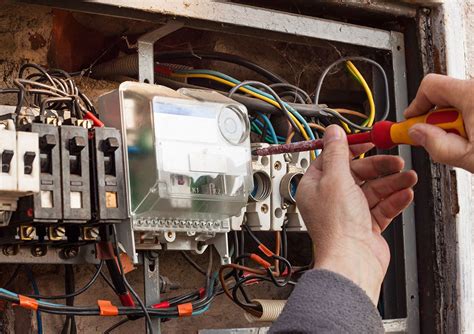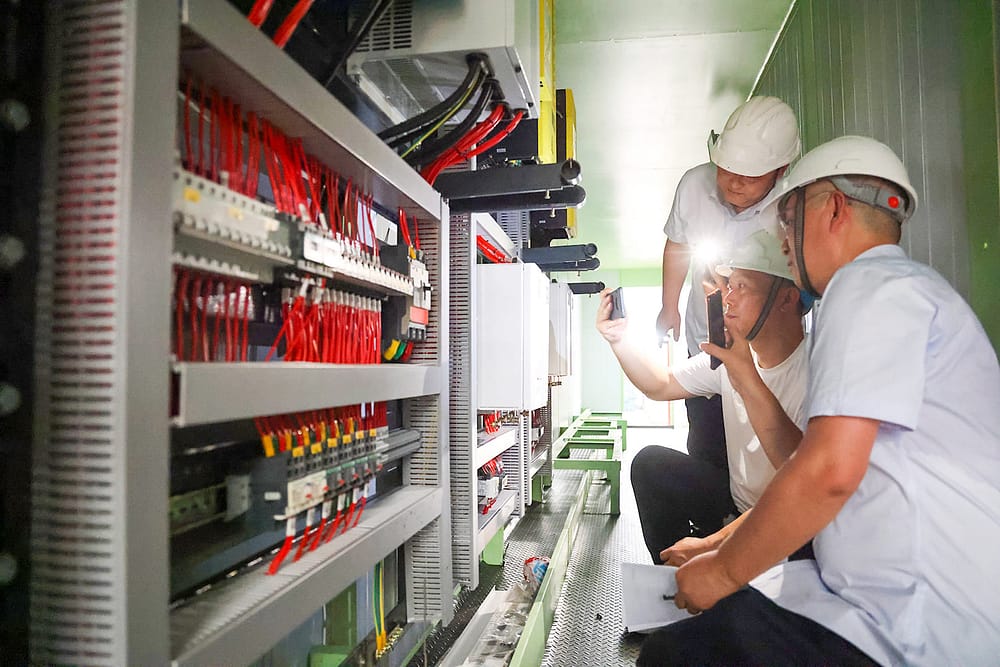Accurate electrical system troubleshooting you can trust.
Accurate electrical system troubleshooting you can trust.
Blog Article
Leading Tips for Effective Electric System Troubleshooting
Fixing electrical systems calls for a methodical technique, based in a thorough understanding of electric principles and safety and security procedures. By familiarizing oneself with circuit parts, utilizing essential tools, and sticking to a structured analysis method, experts can successfully identify and deal with problems. The nuances of reliable troubleshooting extend past simple technical knowledge; understanding just how to record findings and prioritize safety can substantially influence results. As we check out these critical components better, it comes to be clear that mastering this procedure is not simply useful yet necessary for success in the field.
Understand the Essentials
Recognizing the basics of electric systems is vital for effective troubleshooting, as a solid structure enables professionals to diagnose and resolve problems more efficiently. An extensive grasp of electrical concepts, such as voltage, present, resistance, and power, is vital in recognizing the origin triggers of problems. Voltage is the electric possible difference that drives existing with a circuit, while resistance opposes the flow of current, influencing the overall functionality of the system.
Experience with circuit components, including resistors, capacitors, diodes, and switches over, is additionally critical. Each component plays a distinct duty in circuit habits and can influence efficiency when malfunctioning. In addition, comprehending collection and parallel circuit setups is important, as these arrangements influence the distribution of voltage and existing within the system.
Service technicians should be aware of potential risks, such as shock and short circuits, to carry out secure troubleshooting practices. By understanding these foundational principles, professionals boost their capacity to perform reliable diagnostics and repair work, ultimately leading to boosted performance and dependability of electrical systems (electrical system troubleshooting).
Gather Necessary Tools
Effective troubleshooting of electrical systems calls for the ideal collection of devices to detect and deal with problems properly. Essential devices include a multimeter, which determines voltage, existing, and resistance, permitting for accurate examinations of electric components.
In addition, protected hand tools such as screwdrivers, pliers, and cord pole dancers are important for securely manipulating electric links. It is likewise advisable to have a circuit tester accessible to verify the visibility of voltage in electrical outlets and wires. For even more complicated systems, a thermal imaging camera can help spot overheating elements, indicating potential failings.

Follow an Organized Method
Having collected the proper devices, the next action in repairing electric systems is to follow a methodical approach. A methodical technique guarantees that professionals can recognize mistakes successfully and properly, minimizing downtime and stopping unnecessary repair work.
Begin by examining the system's schematic representations and specifications. This involves checking each element systematically, starting from the power resource and functioning in the direction of the tons.
Use screening equipment, such as multimeters and oscilloscopes, to collect objective information concerning voltage, present, and resistance at different factors within the system. This empirical proof will direct your try these out troubleshooting initiatives and aid to verify or remove possible reasons of failing.
Additionally, consider environmental visit homepage factors that might influence the system's efficiency, such as temperature changes or moisture access. An extensive assessment of wiring, links, and components will certainly make certain that all possibilities are accounted for.
Record Your Searchings For
Thorough documents is important in the repairing process of electric systems. Exact records enhance the performance of identifying persisting concerns and promote communication amongst staff member. Each searching for ought to be meticulously noted, consisting of signs observed, tests performed, and the end results of those tests. electrical system troubleshooting. This method not just help in comprehending the origin of the issue yet likewise functions as a referral for future repairing initiatives.

Furthermore, maintaining a log of parts replaced or repair services performed is important. This info supports inventory monitoring and can assist evaluate the longevity and integrity of particular elements.
Ultimately, the documents procedure need to be comprehensive yet succinct, allowing simple access and testimonial - electrical system troubleshooting. By focusing on thorough paperwork, service technicians can create a valuable data base that not only he has a good point aids in existing troubleshooting but also encourages future maintenance efforts, thereby enhancing overall system integrity

Prioritize Precaution
Recognizing the intrinsic threats connected with electrical systems is critical for ensuring safety and security throughout troubleshooting. Electric shock, burns, and tools damage are just a few of the potential threats that service technicians face. Focusing on precaution is not just a lawful commitment yet additionally an ethical necessary that safeguards both the specialist and the surrounding environment.
Prior to beginning any troubleshooting job, service technicians should put on proper individual safety devices (PPE), consisting of protected handwear covers, shatterproof glass, and flame-resistant clothes. Guaranteeing that the job area is completely dry and without clutter can significantly reduce the danger of mishaps. It is vital to de-energize circuits before starting any job, verifying that they are not live via the usage of a multimeter or voltage tester.
Establishing clear communication methods with staff member is also important; this makes sure that everyone understands possible risks and the condition of the electric system being dealt with. Last but not least, having an emergency action plan in position can prove vital in the event of a case. By focusing on security procedures, specialists can properly alleviate dangers and foster a much safer workplace.
Conclusion
Efficient electric system troubleshooting depends on an extensive understanding of essential principles and a methodical technique. By gathering vital tools, sticking to systematic analysis techniques, and meticulously documenting findings, the troubleshooting procedure comes to be more effective and trusted. Focusing on precaution makes sure the wellness of individuals included and the honesty of the electrical system. Implementing these strategies will certainly boost the troubleshooting experience, leading to quicker resolutions and improved functional efficiency in electric systems.
Report this page